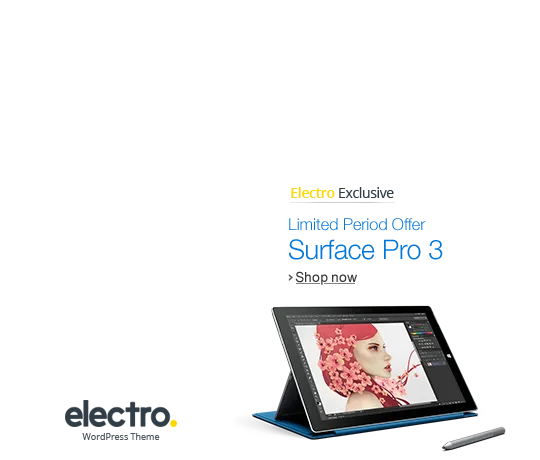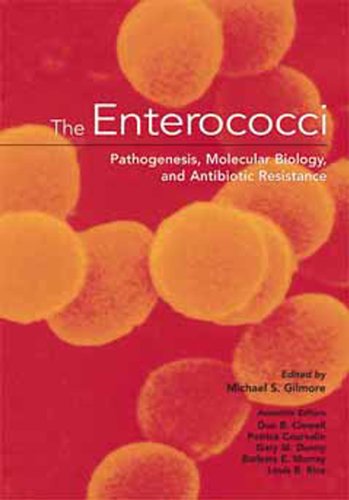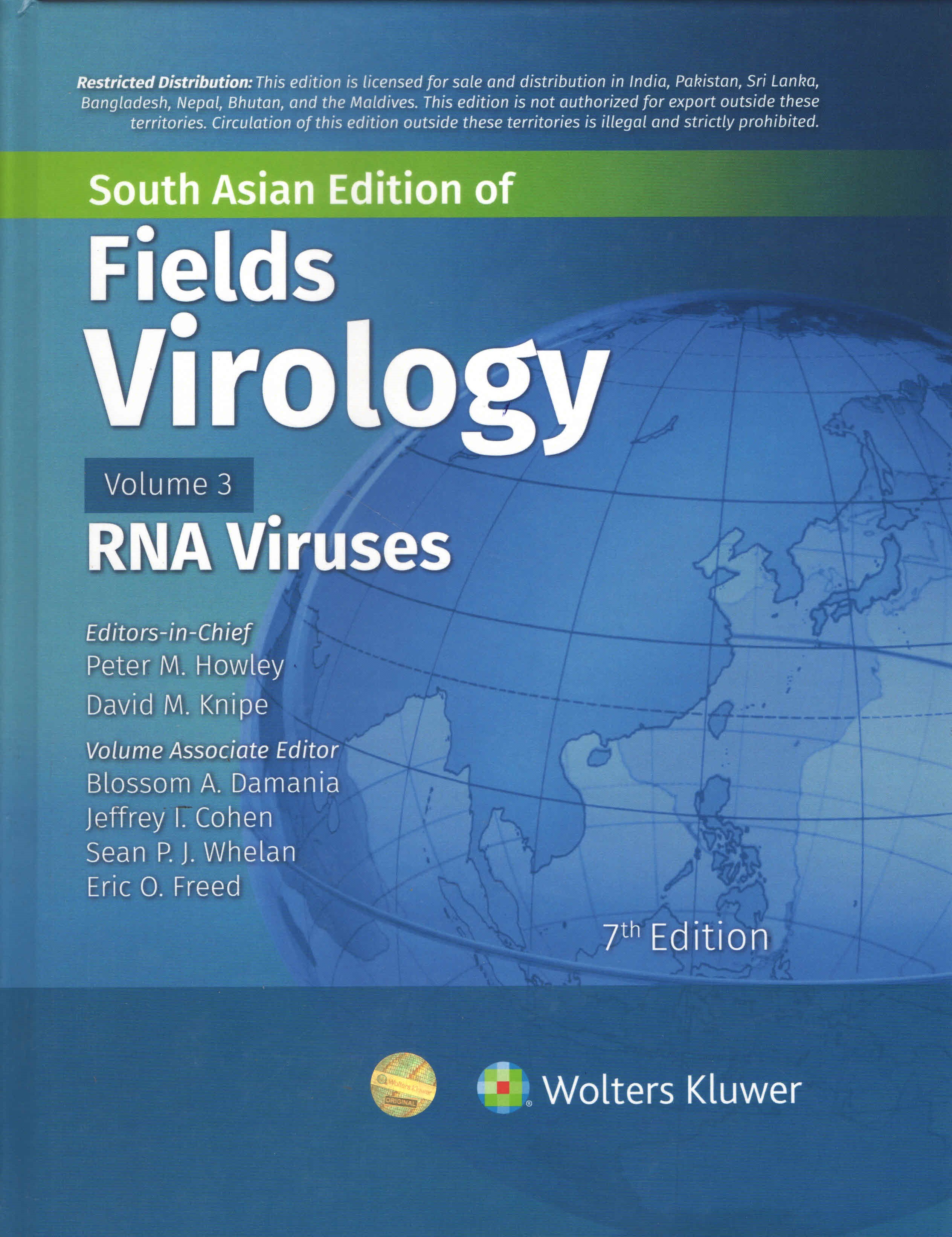- Anaesthesia
- Anatomy
- Biochemistry
- Cardiac Surgery
- Cardiology
- Dentistry
- Dermatology
- Emergency Medicine
- Endocrinology
- Forensic Medicine
- Gastroenterology
- General Medicine
- General Surgery
- Genetics
- Geriatrics Medicine
- Health & Nursing
- Hematology
- Histology
- Hospital Administration
- Hospital Management
- Medical Education
- Medicine
- Microbiology
- Nephrology
- Neuro Surgery
- Neurology
- Neuroscience
- Nursing
- Obstetrics & Gynaecology
- Oncology
- Ophthalmology
- Orthopaedics
- Otolaryngology
- Pathology
- Pediatrics
- Pediatrics Surgery
- Pharmacology
- Physiology
- Physiotherapy
- Plastic Surgery
- Preventive And Social Medicine
- Psychiatry
- Radiology
- Respiratory Medicine
- Rheumatology
- Sports Medicine
- Surgery
- Transfusion Medicine
- Urology

Microbiology
IMMUNOCHEMICAL PROTOCOLS
ISBN : 9781588292742
Immunochemical techniques have been in use for many years with early examples of bacterial strain typing dating back to the 1940s. The basis for the science is the exquisite elegance of the mammalian immune system with its ability to recognize foreign proteins and to manufacture antibody m- ecules that strongly bind to the substances that elicited them. Not only are potentially harmful pathogens and toxins recognized by the immune system, but the system can be persuaded to manufacture antibodies to an astonishing array of substances. In the early days of this science, all antibodies for investigative work were produced by immunizing mammals with the substance of interest, followed by regular donor bleeds that yielded antisera. Serum produced in this way yields heterogenic populations of antibody molecules recognizing different epitopes on the target protein, which may be adequate for its intended p- poses, but can also cause problems of crossreactivity. In 1975, Kohler and Milstein reported that spleen cells from immune donor animals could be immortalized, cloned from single cells, and grown in continuous culture. This original work described the method for the production of monoclonal antibodies.

Add to Cart
Buy Now
Delivery Charges Applicable

- Satisfaction 100% Guaranteed
- Shipping Charges Applicable
- Latest Editions
Immunochemical techniques have been in use for many years with early examples of bacterial strain typing dating back to the 1940s. The basis for the science is the exquisite elegance of the mammalian immune system with its ability to recognize foreign proteins and to manufacture antibody m- ecules that strongly bind to the substances that elicited them. Not only are potentially harmful pathogens and toxins recognized by the immune system, but the system can be persuaded to manufacture antibodies to an astonishing array of substances. In the early days of this science, all antibodies for investigative work were produced by immunizing mammals with the substance of interest, followed by regular donor bleeds that yielded antisera. Serum produced in this way yields heterogenic populations of antibody molecules recognizing different epitopes on the target protein, which may be adequate for its intended p- poses, but can also cause problems of crossreactivity. In 1975, Kohler and Milstein reported that spleen cells from immune donor animals could be immortalized, cloned from single cells, and grown in continuous culture. This original work described the method for the production of monoclonal antibodies.
Specifications
| Author | BURNS |
| Edition | 3RD EDITION |
| Year | 2005 |
| Publisher | HUMANA PRESS |
| Binding | HARDCOVER |
Product Reviews
There are no reviews yet.













Write Review